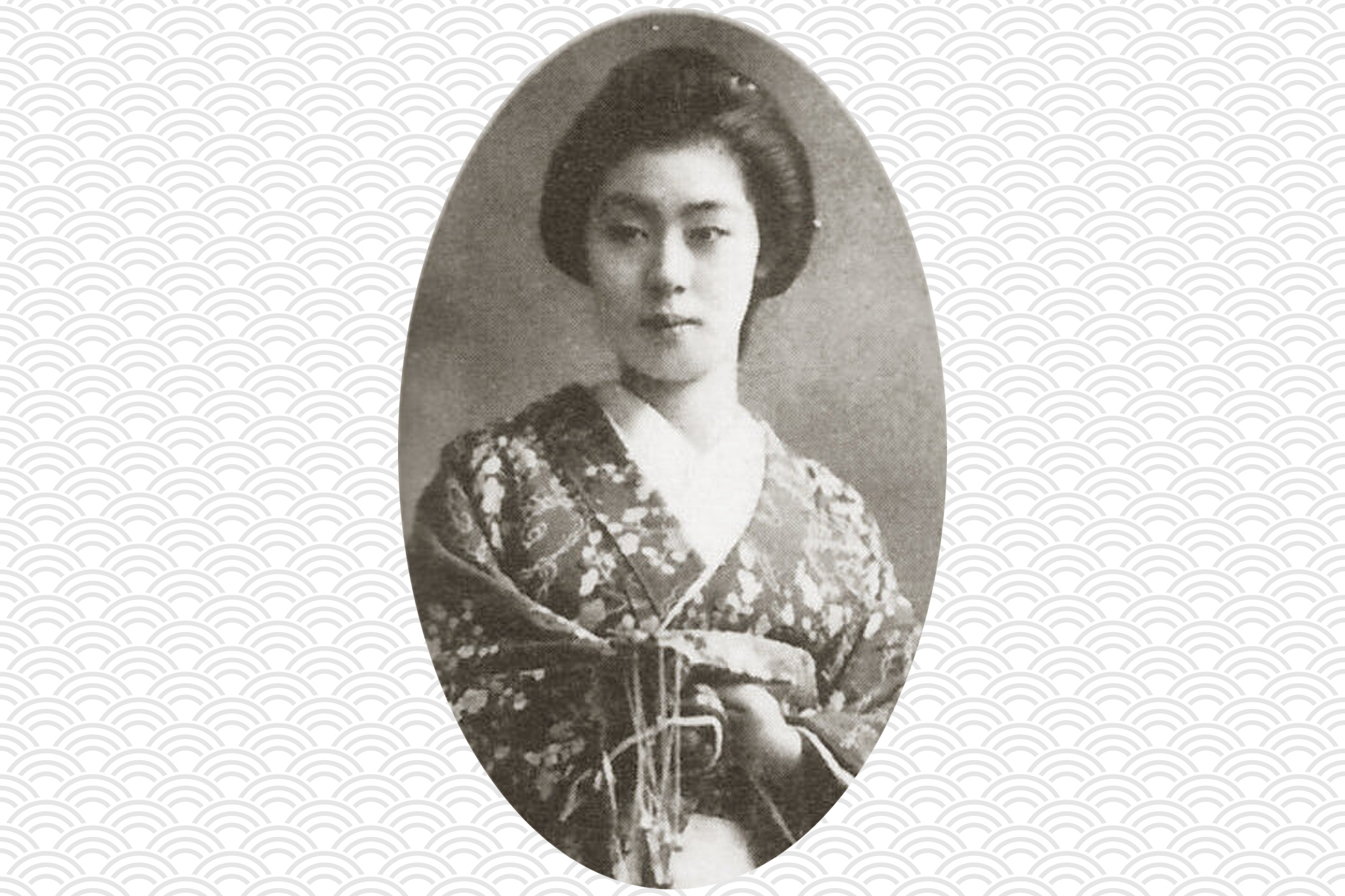Breakups are never easy, especially when they are public. Nobody wants an audience when going through the end of a relationship. In that regard, the geisha Okoi was especially unlucky because her breakup was publicized to the entire country when Prime Minister Katsura Taro announced in 1906 that he was resigning and breaking things off with his lover Okoi. To be fair, he had a very good reason for it: he was trying to save her life. To understand his actions better, we will have to go back in time and trace the fascinating life of one of the most famous geisha in modern history.
Child of Love, Bride of Misery
Born in Tokyo in 1880 to a mother who ignored tradition and married for love, the girl who’d later come to be known as Okoi had a rough start in life. Her parents might have been loving, but they were also disowned by their families and, as a result, destitute. Seeing no other choice, they gave the girl up for adoption to a couple who operated a teahouse. Taking on their name, Teru Ando became an apprentice to a famous geisha associated with the teahouse, showing great promise in singing, dancing and other entertainment arts early on. With training, Ando soon became one of the most well-known geisha in Tokyo. Under the name “Okoi,” meaning “carp,” a powerful Japanese symbol of good luck and prosperity, people collected her portraits like they were posters of movie stars.
Okoi surely felt like she was living up to her name when she was presented with the opportunity to marry her favorite performer, Ichimura Uzaemon XV. He was a dashingly handsome Kabuki actor. She was known for her beauty. Their pairing seemed so obvious that Ichimura’s fan clubs tried to speed fate along and proposed the union to Okoi (they also had an ulterior motive of trying to cheer the actor up after he was publicly jilted by another famous geisha). Okoi agreed and the two wed. Their union lasted for two years, during which time, according to Yoshiwara: The Pleasure Quarters of Old Tokyo by Stephen and Ethel Longstreet, Okoi had to put up with her husband’s absences, affairs, mounting debts and a “monster” mother-in-law. The two ultimately divorced and went their separate ways.
From the Sumo Ring to the Prime Minister’s Residence
Soon after, Okoi attracted the attention of two sumo champions, another class of early modern Japanese celebrities, alongside geisha and Kabuki actors. The wrestlers, Araiwa and Hitachiyama, literally competed for Okoi by holding a match to win her hand. Araiwa was victorious and Okoi was reportedly interested in becoming his lover. But Araiwa wanted to get married and after what she went with Ichimura, Okoi wasn’t interested in that. She also got a much better offer shortly after that.
Sometime in the late 19th century, at a party in Shinbashi, Okoi met the then Minister of War, Katsura Taro who was taken by the geisha’s original, patriotic dance with the Japanese flag. Some sources say that Katsura fell for Okoi when she candidly told him: “Don’t toy with me. I’ll hate you if you don’t look after me forever.” Katsura made Okoi his official mistress and, after becoming prime minister in 1901, moved her to his official residence, setting up a private “Carp Room” for his beloved geisha.
Okoi reportedly got along well with Katsura’s wife, taking care of her prone-to-sickness lover when she wasn’t feeling too well. TV Asahi, in its Nippon o Shirou (Let’s Know Japan) segment, even suggested that Okoi looking after Katsura’s health and well-being during the stressful Russo-Japanese War (1904-1905) helped shape modern Japan.
The Deadly Price of Fame
Japan won the Russo-Japanese War, which ended with the signing of the Treaty of Portsmouth in 1905. It established Japan as a military power while curbing Russia’s eastern expansion, but it was extremely unpopular with nationalists who wanted to see Russia brought to its knees. Their anger soon erupted into the so-called Hibiya Riots: two days of violent, city-wide protests against the treaty that resulted in dozens of fatalities, thousands of arrests, and, bizarrely, death threats against Okoi. The geisha’s relationship with the prime minister was widely known, but in 1905 papers like The Japanese Graphic started speculating about Okoi’s possible influence on Katsura.
No one outright said it, but the insinuation was clear: Okoi was being accused of whispering into Katsura’s ear and undermining Japan’s imperialist efforts, all because she was in his orbit. So, when the prime minister resigned in 1906, he stressed that his stepping down also meant the end of his relationship with Okoi, all to take her out of the public eye and probably save her life. However, the couple continued to see each other in secret throughout Katsura’s subsequent and disastrous reappointments as Prime Minister until his death in 1913.
The Carp Swims Away to Obscurity
The rest of Okoi’s life wasn’t what she expected. For a while, she operated the chic Cafe National in Ginza, but it was destroyed in the 1923 Great Kanto earthquake. By then, Japan mostly got over its obsession with geisha and Okoi’s celebrity quickly faded. She tried to hang on to her traditional profession in a rapidly changing society only to meet setback after setback. In 1934, she was embroiled in the Teijin Incident (a stock manipulation scandal) and sentenced to prison for perjury.
In the end, she became a Buddhist nun, took on the name Myosho, and dedicated herself to the restoration of a temple in Meguro. She died in 1948, after which, according to Secret Tokyo by Pierre Mustière and Yoko Kera, her friends erected a statue of Kannon, the goddess of mercy, in her memory on the grounds of the Gohyaku Rakanji Temple. Those who know the story behind the monument call it the “Okoi Kannon.”








